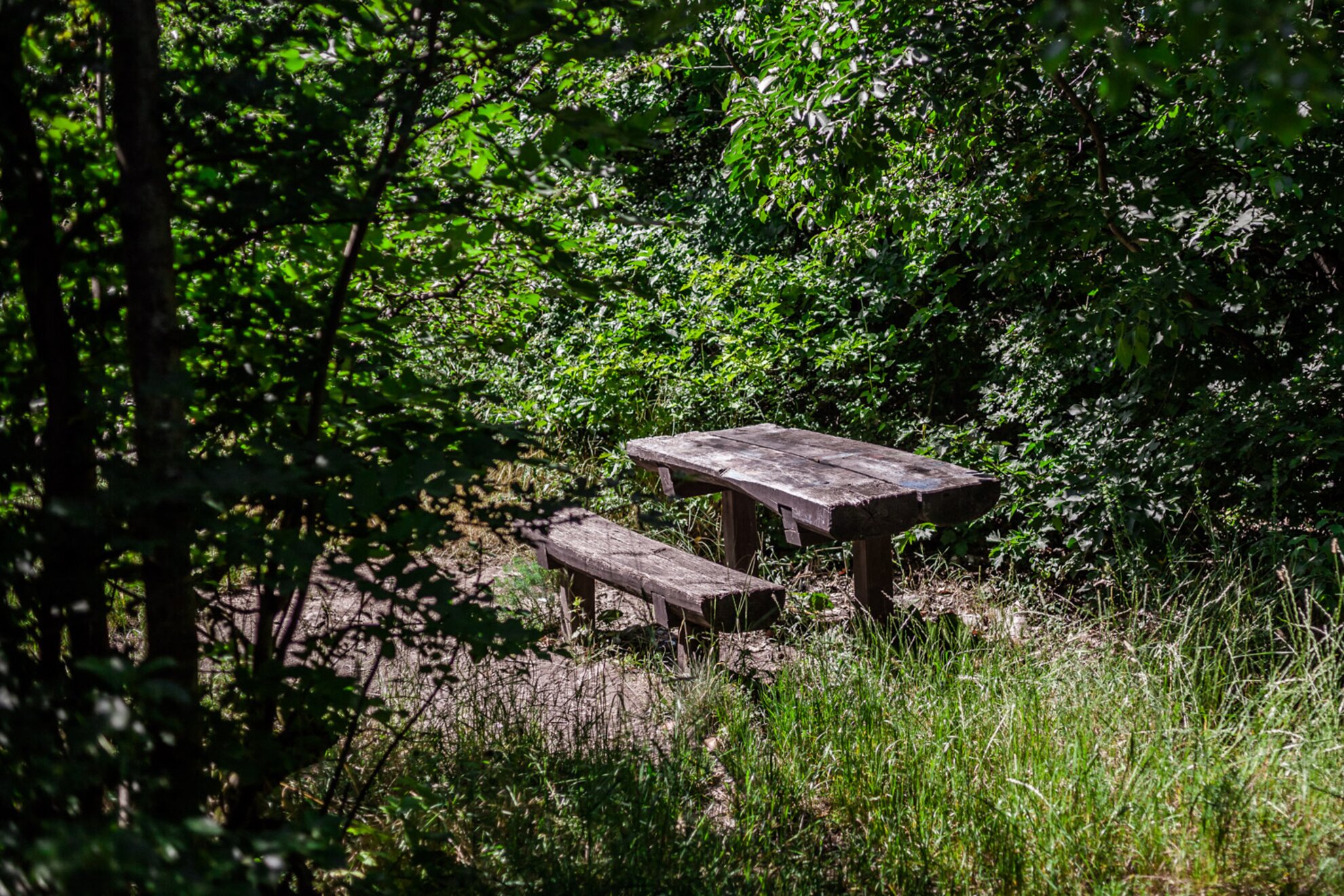There are many undiscovered bits of Budapest that even most locals don’t know about; Ferenc Hill is one of them, as not many people are seen around here other than schoolchildren slogging home, or neighborhood dog-walkers playing fetch with their four-legged friends – however, this green haven definitely deserves more attention. The narrow, 265-meter-high ridge lies on the slope of Hármashatár Hill, and entices everyone to enjoy its lovely meadow, forested footpaths, or the educational trail set amid a soothing environment. We took a trip up to Ferenc Hill, and were not disappointed.
Behind the luxurious villas found between Törökvész Road and Zöldmáli Road lies the almost unknown nature preserve of Ferenc Hill, a magical hideaway for silence seekers with its six-and-a-half-hectare forested area welcoming the public to escape the concrete jungle here anytime.

The hill is within easy reach from Buda’s Batthyány Square by taking bus 111 to the Zöldmáli lejtő stop, or from Kolosy Square by taking bus 111 or 29 to the Zöldmáli lejtő stop, as well; the green space is only separated from civilization by a short slope on both sides.

The natural area is a densely wooded forest, and bush-crashing into the foliage is not really possible (or worthwhile), but there are many walking paths between the trees that all guide strollers to meet in the middle, at a meadow with a playground.

At the time of our visit we found the faded traces of what seemed like a romantic wine-sipping rendezvous from the night before, but in the daytime we mostly see children on the way home from school, and dog walkers playing, who said that they often spend weekends here with their families grilling and relaxing.

The area is also interesting for nature lovers, as Budapest’s most pristine karst forest is found here. The hill’s rich flora and fauna provides a perfect place for an educational path for children, which is especially interesting because the hill is also a nesting home for diverse animals.

The reason why this area could stay so untouched in the middle of Buda’s undulating urbanity is that it is protected by a law from 1999, due to the four-kilometer-long cave system discovered here in 1933, during the channeling of Törökvész Road. Unfortunately, the cave’s gate is now locked, and it is only accessible with a permit issued by the Duna-Ipoly National Park, and accompanied by an expert, so we did not even try to get inside.

The area can be thoroughly explored with a 30-minute walk, so it is a perfect short excursion spot for families, although it is worthwhile to spend a bit more time here, as the ambience of the area is truly soothing and not at all crowded.





